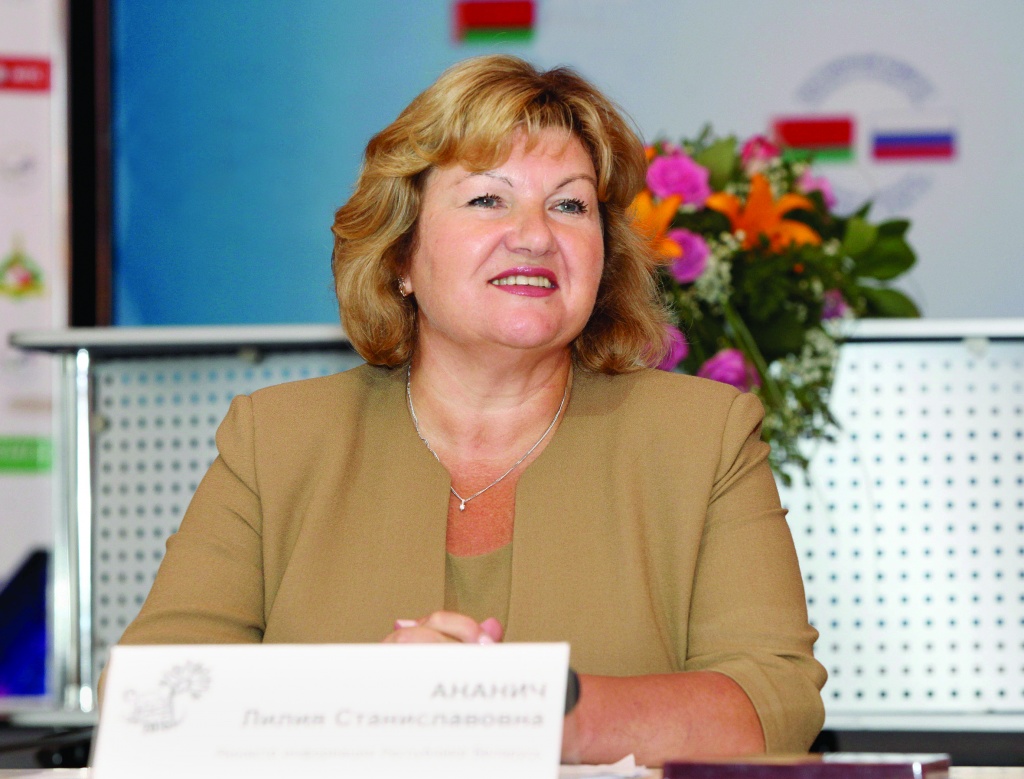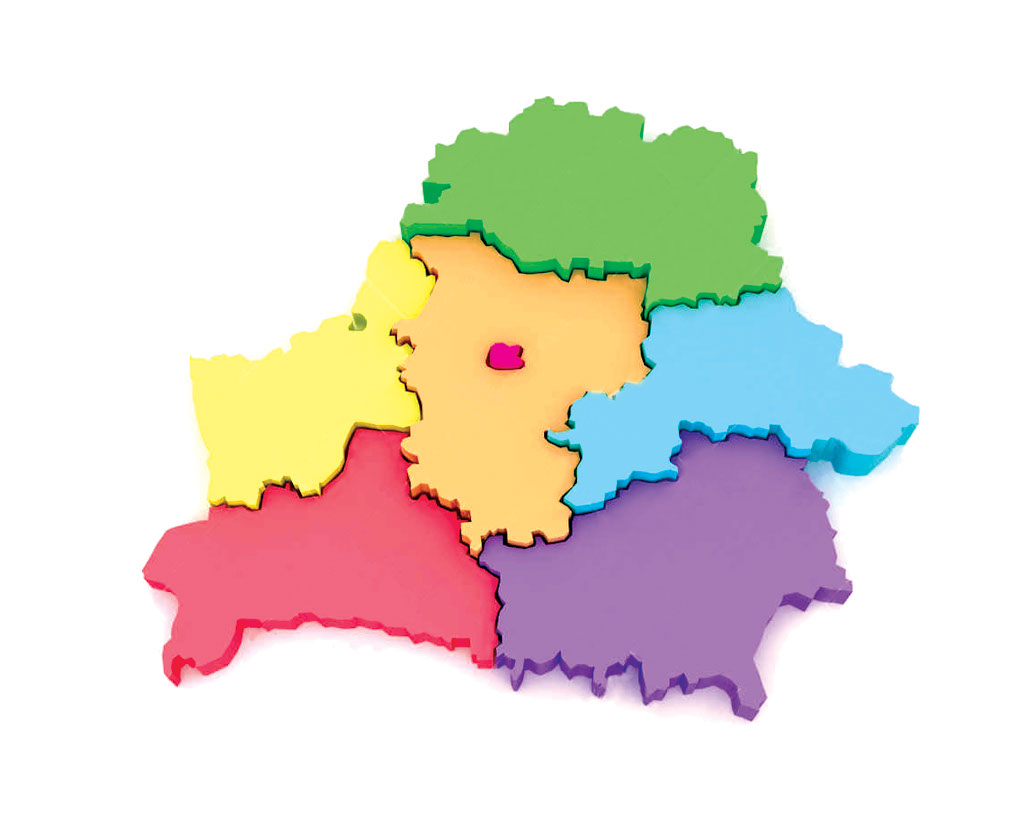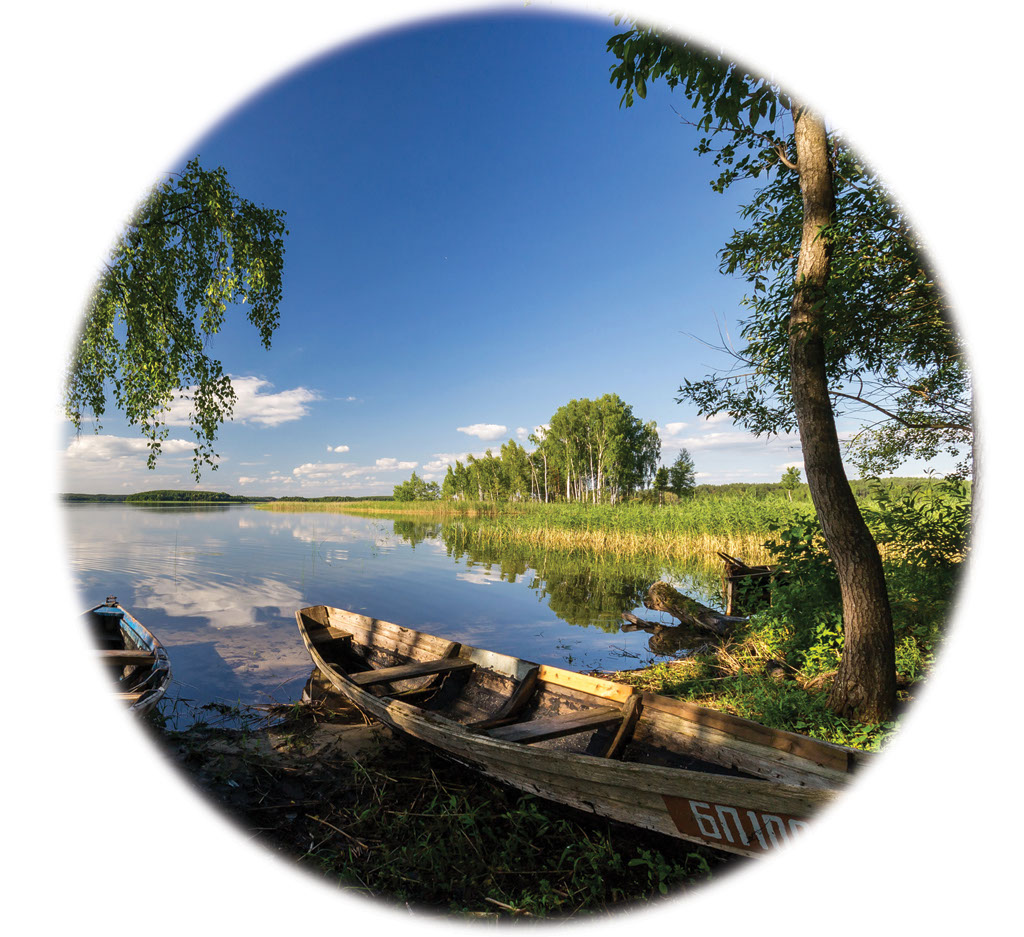
Dear friends! Dear participants and guests of the National Exhibition-Fair of Belarusian Goods in Ashgabat!
This edition in your hands has been prepared by journalists of the SB. Belarus Segodnya Media Holding and Belarus magazine (part of the holding) to conclude 2015. It reflects only a small part of the multi-faceted contacts which have connected Belarus and Turkmenistan for centuries, and which continue today, but it does provide insight into the rich history of our interrelations: between Belarusians and Turkmens.
Here, we look at our two states’ modern political, economic and humanitarian relations: the situation in the Republic of Belarus and in Turkmenistan.
We tell you about the people who have facilitated the development of relations between our people, and about the major joint Belarusian-Turkmen projects. Here we recollect what can be never forgotten: the years of the Great Patriotic War, where Belarusians and Turkmens fought shoulder to shoulder.
This special edition also explores our collaborative achievements, which boast deep roots, and which now acquire new prospects in various spheres, including education, science and culture.
As we move forward and write new pages in our interaction, in our mutual understanding and respect, we recall the history of our relations. Turkmenistan is Belarus’ strategic partner in Central Asia and, we dearly hope, will grow closer towards to our own nation, at the very heart of Europe.
Lilia Ananich,
Belarus’ Information Minister
 Belarus is located in the eastern part of Europe, bordering Poland in the west, Lithuania in the north-west, Latvia in the north, Russia in the north-east and east, and Ukraine in the south. Belarus comprises six regions: Brest, Vitebsk, Gomel, Grodno, Minsk and Mogilev.
Belarus is located in the eastern part of Europe, bordering Poland in the west, Lithuania in the north-west, Latvia in the north, Russia in the north-east and east, and Ukraine in the south. Belarus comprises six regions: Brest, Vitebsk, Gomel, Grodno, Minsk and Mogilev.
- The country’s territory covers 207,600 square kilometres (the 84th largest worldwide) and has a population of 9.5mln (the 90th globally). Belarusian and Russian are the state languages. The country has 118 districts, 113 cities and towns, 109 urban-type settlements, and 24,583 villages. The capital of Belarus is Minsk: the largest economic, scientific and cultural centre of the country, and home to 1.729mln people.
Interesting facts
- According to the last UNDP Human Development Index Report, Belarus is ranked 53rd among 187 countries and belongs to that group of states with a high level of human development. Belarus was ranked 53rd in the 2014 Legatum Prosperity Index in the consolidated index of figures for its economy, education, healthcare, personal freedoms, safety, entrepreneurial opportunities, and management and social capital.
- Moreover, Minsk was ranked 1st in the rating of former USSR business-friendly cities, compiled by Forbes, based on a wide range of criteria. These include assessment of infrastructure, labour re-sources, financial systems and security.
- Belarus was ranked among the top 40 creative states in the annual Global Creativity Index, in 2015, and was ranked 1st among the CIS states, while occupying the 37th position among 139 researched coun-tries worldwide.
- Agricultural lands occupy a considerable part of Belarusian territory (42.9 percent), as do forests (37.8 percent).
- There are about 20,800 rivers in Belarus, with most being modest in size, while 42 rivers are recorded, with lengths from 100km to 500km.
- Belarus is called a ‘country of lakes’, having about 11,000; most are located in the north and north-west, in Belarusian Poozerie (the lake area). Most are glacial in origin.

- The first printed book in Belarusian language was the Psalter — released in Prague in 1517, by Polotsk-born (now in Vitebsk Region) Frantsisk Skorina. This year, the whole world is celebrating the 525th an-niversary of the birth of this Belarusian printer, enlightener, humanist and philosopher.
- Around 13,000 books are published in Belarus annually, with a total circulation of about 80,000 copies — around 6 books per capita.
- As of September 1st, 2015, 718 newspapers and 819 magazines were published in Belarus, with printed media being mostly published in Belarusian and Russian languages. However, editions also exist in Eng-lish, Polish, Ukrainian and German.
- SB. Belarus Segodnya and Respublika newspapers are the most influential in the country. Local issues of major Russian newspapers are also popular: Komsomolskaya Pravda and Argumenty i Fakty.
- There are more than 4,000 foreign printed media distributed in the country, including editions from Russia, Ukraine, Kazakhstan, the USA, the UK, Germany, Italy, France, the Netherlands, Poland, Lithu-ania and Latvia.











